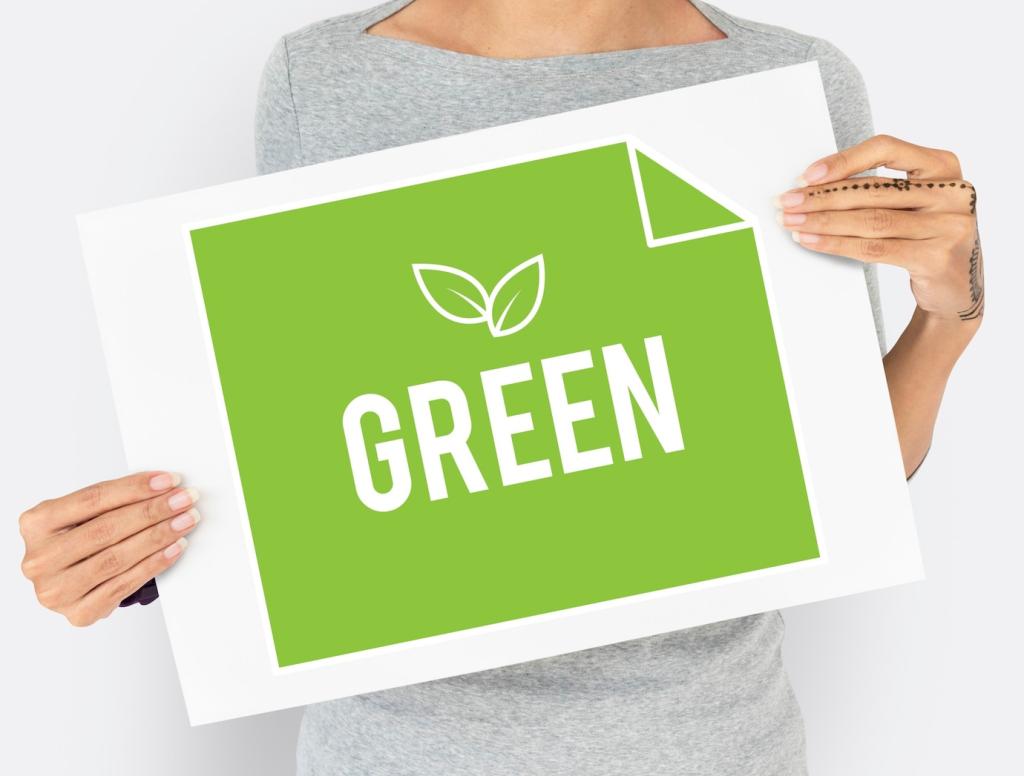Conversion Copy: CTAs, Forms, and Microcopy
Replace generic commands with benefit-forward CTAs like “See your estimated monthly savings” or “Compare air quality improvements now.” Keep the action clear, the value immediate, and the next step visible above the fold. Echo your core promise to maintain momentum across eco-friendly housing pages.
Conversion Copy: CTAs, Forms, and Microcopy
Use supportive microcopy near forms: maintenance expectations, installer networks, warranty terms, and resale value data. Include privacy assurances and expectations on response time. Progress indicators reduce anxiety, while links to incentive guides relieve cost concerns for eco-friendly housing shoppers considering upgrades.







